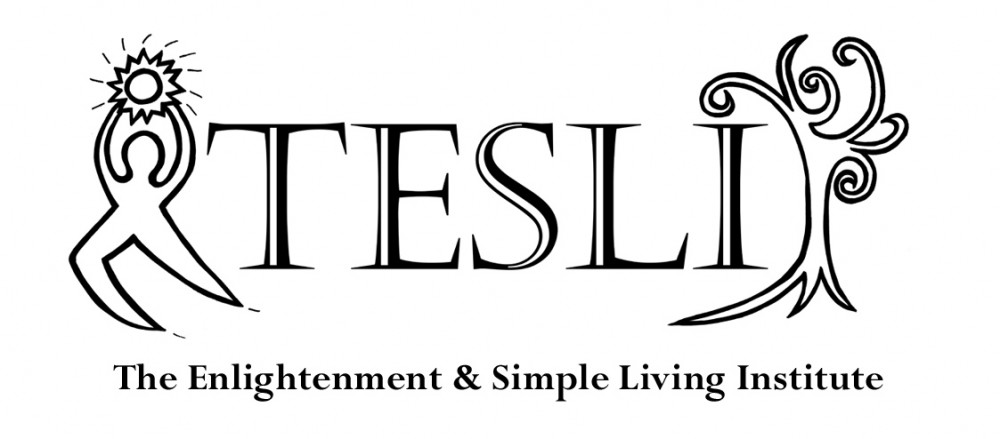In December 2012 the media reported the deaths of twenty students and six staff members at the Sandy Hook Elementary School in Newtown, CT. Supposedly a twenty year-old, carrying more weapons that is physically possible, walked into the school and began shooting people. I don’t watch media, but I remember being intrigued by a clip I saw on FaceBook. I watched media reports, which I don’t remember accurately, but the gist was that early media reports from a news helicopter showed a man being captured in the woods outside the school. The media also reported another suspect being apprehended in front of the school.
However, within 24 hours the reports all changed to saying that the 20 year-old that had done the shooting had committed suicide in the building. What was going on? I continued to follow the story and watched a government expert on these types of actions analyze the reports in a detailed 60 minute commentary. He is the one that pointed out that the weapons that the media claimed the young man carried in would actually be too heavy to carry. In addition, the bereavement donation page had been created before the incident (time stamped by Google). The whole incident got even more bizarre when I found out that in the movie, the Dark Knight, there is a scene showing a map with only one world written: Sandy Hook. I didn’t believe the YouTube, so I bought the movie and confirmed it.
Just today I found out, via the Official FBI Crime Statistics page, that the FBI claims that no murders happened in Newton, Connecticut in all for 2012. Interesting, eh?
I was personally triggered by the Sandy Hook “shootings”. I mention in the My Mother and Me chapter of my book, Deconditioning Ground, (pg 31) that this was the month that I uncovered a new series of repressed memories. I didn’t realize the memories where governmental abuse until later in the month, but this was the trigger for those memories to surface. Since repressed memories are a little surreal, and as unbelievable as the Sandy Hook Hoax, this demonstration of government deception was critical in my waking up and being able to release the beliefs that had been chaining me (pg 35 in the book).
These types of operations are called false flag operations. It is been proposed by some that the reason that these deceptions are so obvious is that they are designed to wake us all up. I write about it here, because I am encouraging everyone to be aware of what is going on in the United States. I hold our situation with curiosity. The actions of part of our government is in conflict with our constitution. However, our government is a part of All that Is. The government is not in control of my safety or me, yet I think there is cause to be wary. I am aware of the risk of staying here while this situation (and I don’t even know what the situation truly is) continues. I ask myself frequently, “Is it time to leave the country?” and “What will it take for America to wake up and take personal responsibility for themselves?” and “What can I do to contribute to more awareness?”
TESLI is all about fostering greater awareness in people. The answers are within and I like it when people use their own inner knowing to decide what is right for them and right action in general. Being in a country where we are fed lies, it is even more important for us to rely on our own knowing. When I asked the president to investigate this further, via his White House contact page, I never got a response.

